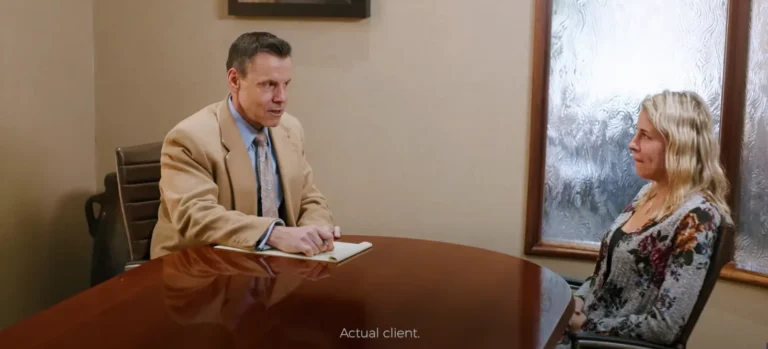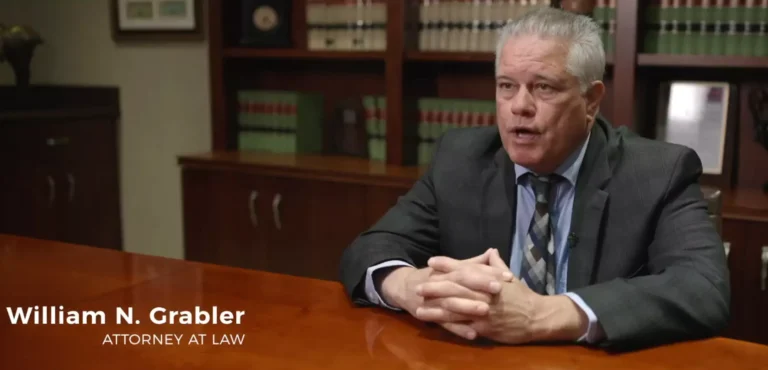Steps in a Personal Injury Lawsuit
Steps in a Personal Injury Lawsuit
Under New Jersey law, if someone’s actions caused an accident that led to injuries, you have the right to file a personal injury claim. This type of claim makes it possible for you to get compensation for the losses you suffered.
Although you’ve likely heard about personal injury claims, you may not be sure how to start the process or what to expect from it if negotiations between parties fail. Our personal injury lawyers at Garces, Grabler & LeBrocq are ready to walk you through the steps of a personal injury lawsuit.
Finding a Personal Injury Lawyer
The first thing you have to do as quickly as you can after suffering injuries as a result of an accident is to find a personal injury lawyer. However, you need to do your due diligence with this step since the right person can make a huge difference in the results you achieve.
The lawyer you should look for is someone with significant experience, not just in personal injury claims but in the specific type of claim you have.
Someone who may be excellent at car accident claims may not be the best choice for malpractice claims, for example, but some personal injury lawyers are well-versed in all types of personal injury law.
It’s essential that you find a lawyer with litigation experience. Many lawyers who focus on personal injury law settle out of court, so they don’t have the necessary practice. That can put your claim at risk.
You should also look for a lawyer who has won fair settlements for their clients. It’s not enough to see that they’ve represented many people and settled many claims if the compensation they get for their clients is low. This can warn you that the lawyer under-settles claims, which isn’t in your best interests.
You then want to read reviews and testimonials from clients, so you have a better idea of what to expect from the lawyer. If you see that multiple previous clients bring up an issue they had with the attorney, there may be a better one for your needs.
It’s important that you also ask about the fee structure. Most personal injury lawyers don’t get paid unless they get you a settlement, which is called working on a contingency fee basis.
Make sure you fully understand how the payment structure works and what the contingency percentage will be.
No Fee Unless
GGL Wins
Sending a Demand Letter
Once you’ve found the right lawyer for your claim, they will put together a demand letter. This letter is a formal written document you send to the defendant or their insurance that states what you want in compensation.
It goes into detail on the basis of the demand, offering the information the other party needs to make a decision.
This is one of the most crucial parts of the process. A well-written and effective demand letter can help everything move much faster. You can think of this letter as the launching point for negotiations. The goal is to avoid having to file a lawsuit, which can take much longer.
The letter identifies all parties involved and provides a description of the accident while also outlining how the defendant is at fault. It also should include a summary of your injuries, the medical care you received, and whether you’ll need future treatments.
Documentation should support all of this. You’ll also have to provide a legal justification for your claim, a settlement demand, and a response deadline.
Because of the complexity involved in writing this kind of letter and how important it is to your claim, you need to have a lawyer do it for you.
There can be a few different outcomes to the letter. The best-case scenario is you and the defendant agree on a fair settlement, which settles the problem and gets you the compensation you deserve. It’s rarely that simple, however.
Most of the time, your lawyer will have to continue negotiating on your behalf. If the negotiations fail, it’s time to file a lawsuit.
Filing a Complaint
Your personal injury lawyer will put together and submit a legal document called a petition or complaint. This complaint will state all of the case’s facts, the legal basis for the lawsuit, and the compensation you’re asking for. Once your lawyer files the complaint, the court serves it to the defendant.
The defendant then has the chance to respond to your complaint by filing an answer. They have to address all the points your lawyer made and deny or admit them.
Discovery
The discovery process is another critical part of a personal injury lawsuit. It involves exchanging information crucial to the case. Discovery makes it easier for your lawyer to plan how they’ll tackle the lawsuit.
Discovery is made up of a few steps. Interrogatories are one step, and they offer the chance for lawyers to prepare written questions for the other party that they have to answer fully. They do so under oath.
Another important part of the discovery process is the request for documents. Your lawyer can request information from the defendant, and they have a chance to object to the request, offer copies, or allow the other party to make copies. Some common documents include:
- Medical bills
- Employment records
- Damage reports
- Medical records
In the discovery process, your lawyer may also turn to a request for admissions. This involves presenting some allegations to the other party and asking them to deny or admit each one. It can be a time-saver for your lawyer since it separates the points that are being contested from those that aren’t.
Then, there’s the option to have depositions. A deposition is a recorded question-and-answer session that takes place out of court but under oath. A court reporter records the answers, or it can be done on video.
Pre-Trial Procedures
Before the trial actually begins, both parties will have the chance to file motions that help address disputes between the lawyers. For example, if the other party’s attorney hasn’t turned over the requested and relevant evidence, your lawyer can file a motion to make them do so.
A motion is a legal claim asking the judge to take action in the lawsuit. Many times, lawyers can reach a settlement during these pre-trial motions.
Trial Litigation
If the parties can’t agree on a settlement, the trial can begin. The first step of the trial is jury selection. Opening statements come next. Your lawyer will give their statements first, providing an overview of what happened, how the defendant is responsible, and more.
The defendant’s lawyer follows, presenting the way they see the case. The trial then moves on to witness testimonies and cross-examinations. Your lawyer has the opportunity to present all the evidence that proves your claim. Usually, there are expert witness testimonies, photos, and more.
Family and friends can be called to testify about your mental state after the accident and anything else pertinent to the claim. Once your lawyer has completed their show of evidence, it’s the defense’s turn.
Once the defense finishes, your lawyer has the chance for a rebuttal, which can help contradict statements the defense has made.
Closing arguments come next. Each party is given the opportunity to summarize the evidence and provide their interpretation of what occurred. Your lawyer goes first, followed by the defendant’s. There can be a brief rebuttal at the end where your lawyer can contradict defense statements again.
The judge provides jury instructions, offering explanations for any legal terms they need to know. It’s common for the judge to also go into the meaning of certain legal concepts pertaining to personal injuries, including pain and suffering and punitive damages.
The jury will deliberate. Sometimes, they might send questions to the judge. When they reach a decision, they let the judge know, and the judge or clerk announces the result in open court.
Getting Experienced Lawyers on Your Side
Although taking a personal injury claim to trial is rare, it does occur. This means you need to have the right lawyers by your side to fight for you. At Garces, Grabler & LeBrocq, we provide compassionate and tenacious representation for anyone who’s suffered losses because of someone else’s fault.
We have over 30 years of experience handling personal injury claims, and we’re ready to assess your case to see if we can help.
When you turn to GGL, you’ll be treated like family and offered the care and consideration you deserve. We know how difficult this entire process is, so we do everything possible to make the experience easier for you.
No matter how small our clients’ concerns or questions seem, we’re here to offer support and guidance. We’re a no-nonsense firm ready to begin work on your behalf so you can start healing.
If you’ve been in an accident that someone else caused and suffered injuries and other losses that have put a strain on your finances, don’t wait to get the help you need. Contact Garces, Grabler & LeBrocq by calling 1-800-923-3456.
Related Practice Areas
No Fee Unless
GGL Wins
We've got you covered.
Tell us what happened.
One of our advisers will contact you.
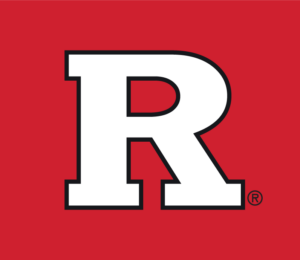
OFFICIAL PARTNER OF RUTGERS ATHLETICS
Recent GGL Wins
Medical Malpractice
A 30-year-old pregnant woman went into labor. The doctor failed to take proper steps in the baby’s delivery, making the mother wait in the hallway for ten hours while the baby’s heart rate began to drop. The baby was delivered via C-Section; he was blue from lack of oxygen resulting in Cerebral Palsy.
$14 Million
Verdict
Construction Accident
Mediation award resulting from an industrial explosion causing disfiguring burns and severe orthopedic injuries.
$7.8 Million
Verdict
Auto Accident
31-year-old man who was cut off by another car causing his car to flip over. He sustained head injuries, facial injuries, and half of his pinky finger was amputated.
